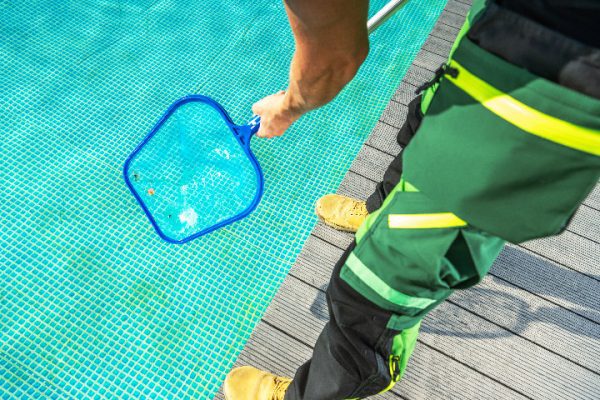There’s nothing quite like enjoying a refreshing dip in your above-ground pool during the sweltering summer months. However, pool owners know that maintaining a pristine pool is not always smooth sailing, particularly when dealing with pesky mustard algae. Fear not, for we’ve got you covered with this exciting and informative guide on how to combat mustard algae and reclaim your above-ground pool.
- Identifying Mustard Algae
Mustard algae (also known as yellow algae) is a persistent and unsightly pool nuisance that appears as a yellowish-green, slimy layer on pool surfaces. Its stubborn nature makes it resistant to regular sanitization efforts, but with a strategic battle plan, you’ll be well-equipped to defeat this unwelcome invader.
- Assemble Your Algae-Fighting Arsenal
Before diving into the fray, ensure you have the right tools to tackle mustard algae effectively:
- A pool brush with stiff bristles, suitable for your pool’s surface material
- A pool vacuum or manual vacuum hose and head
- A large leaf net or skimmer
- Mustard algae-specific algaecide
- Chlorine shock product
- Pool water test kit
- Unmasking the Enemy: Thoroughly Brush the Pool
Start by removing any visible mustard algae from the pool surfaces using the pool brush, paying special attention to corners, steps, and behind ladders. Mustard algae can hide in the smallest crevices, so be thorough in your efforts to expose it.
- Capture and Contain: Skim and Vacuum the Pool
Use a large leaf net or skimmer to remove as much debris and algae as possible from the pool. Follow up by vacuuming the entire pool, making sure to capture all the dislodged algae particles. If possible, vacuum to waste to avoid reintroducing algae spores into the pool through the filtration system.
- Call in the Reinforcements: Shock the Pool
Shocking the pool with a high dose of chlorine effectively destroys algae and other organic matter. Follow the manufacturer’s instructions for your specific shock product, using the appropriate dosage based on your pool size. After shocking the pool, let the pump and filter run continuously for at least 24 hours.
- Unleash the Secret Weapon: Apply Mustard Algae Algaecide
Mustard algae-specific algaecides are formulated to target this stubborn foe. Apply the algaecide as directed, ensuring you follow the recommended dosage for your pool’s volume. Allow the algaecide to circulate for at least 24 hours for maximum effectiveness.
- Pool Equipment Quarantine: Clean and Sanitize
Mustard algae can linger on pool equipment, so it’s essential to clean and sanitize all accessories, including pool brushes, vacuum heads, and toys. Immerse them in a chlorine solution to eliminate any residual algae spores.
- Fortify Your Defenses: Maintain Proper Water Chemistry
Preventing future mustard algae invasions is crucial. Regularly test your pool water and maintain the ideal water chemistry levels: pH 7.4-7.6, alkalinity 80-120 ppm, and free chlorine 2-4 ppm. A well-balanced pool environment is less conducive to algae growth.
- Stay Vigilant: Regular Pool Maintenance
Adopt a regular pool maintenance routine, including brushing, vacuuming, and skimming, to keep mustard algae at bay. Keep an eye out for any signs of algae re-emergence, and act swiftly if you spot trouble.
Conclusion
With these exciting and effective strategies, you’re well-prepared to combat mustard algae and reclaim your above-ground pool. By maintaining proper water chemistry and adhering to a consistent maintenance routine, you can ensure a crystal-clear and inviting pool for the entire swimming season. Don’t let mustard algae ruin your summer fun – equip yourself with the right tools, techniques, and knowledge to win the battle and keep your pool an algae-free oasis. So, gear up, take charge, and enjoy your triumphant victory over mustard algae!
